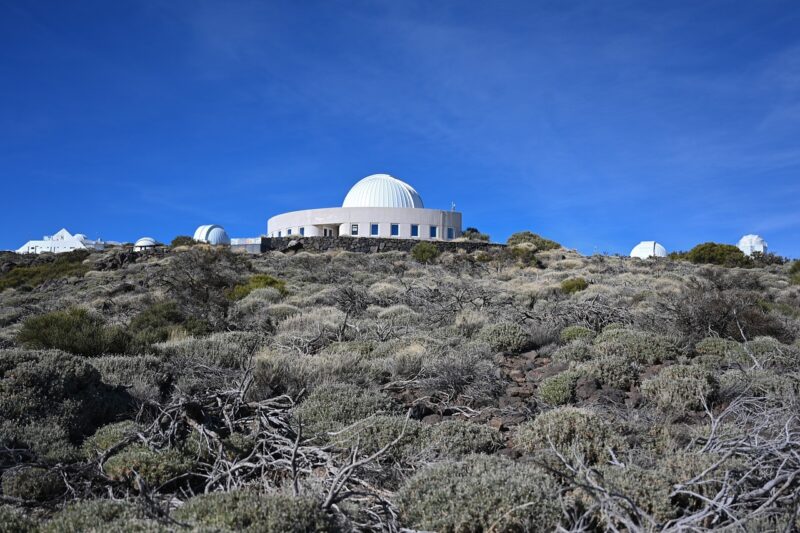How the Ancient Practice of Astronomy Helped Early Civilizations Predict the Future and Navigate the Unknown
November 17, 2024

Astronomy is one of humanity’s oldest sciences, practiced for thousands of years across various civilizations. The study of celestial objects and phenomena has not only fascinated humanity but also played a pivotal role in shaping early civilizations. By observing the heavens, ancient astronomers were able to predict seasonal changes, agricultural cycles, and even navigate uncharted territories. This in-depth article explores the significance of astronomy in the lives of early societies, showcasing how their celestial observations helped them understand and interact with the world around them.
1. The Birth of Astronomy: Necessity and Curiosity
Astronomy began as a blend of necessity and curiosity. Early humans relied on celestial events to inform their survival strategies. Seasonal changes determined hunting and gathering activities, while the positioning of stars and planets provided navigation aids during travel.
– The Role of Observation: Early astronomers developed sophisticated methods to observe the night sky. They noted patterns in the movement of stars, planets, and the moon, which led to the creation of calendars that marked time passage and seasonal changes.
– Cultural Significance: Many cultures imbued celestial events with mythological meanings, which helped unify communities and provided explanations for natural phenomena they could not understand.
The combination of observation and mythology laid the groundwork for astronomy as a science, guiding both practical applications and interpretations of the universe.
2. Ancient Calendars: From Predicting Seasons to Planning Festivals
The development of calendars was one of astronomy’s most significant contributions to early societies. Civilizations like the Egyptians, Mayans, and Mesopotamians created calendars based on astronomical cycles.
– Agricultural Planning: These calendars allowed civilizations to predict critical agricultural seasons, such as planting and harvesting. This predictability contributed to food security and the overall prosperity of communities.
– Cultural Festivals: Many calendars aligned with religious observances, celebrating celestial events like solstices and equinoxes. These festivals served to strengthen community bonds and propagate cultural identity.
The calendars stand as a testament to how astronomy influenced both the mundane and spiritual aspects of life, linking earthly activities with celestial events.
3. Navigation: Celestial Guides for Exploration
Early civilizations were not only interested in predicting seasons; they also needed to navigate their worlds. Astronomical knowledge helped them in this endeavor.
– Celestial Navigation: Stars like Polaris became essential for navigation in the northern hemisphere, providing a stable reference point for travelers. Ancient mariners used the positions of stars and planets to traverse oceans and uncharted lands.
– Models of the Universe: Civilizations developed models like the geocentric system, which explained the positions of heavenly bodies. Notable thinkers like Ptolemy and Copernicus later refined these models, impacting navigation even further.
The ability to navigate using the night sky opened new frontiers, allowing civilizations to explore, trade, and communicate with distant cultures.
4. Astronomy and Religion: Deities among the Stars
Astronomy and religion were tightly interwoven in ancient cultures, where celestial bodies were often deified.
– Astrological Practices: Many civilizations believed that the positions of planets and stars could determine human fate. Astrologers used celestial charts to predict events and advise rulers on political and social matters.
– Temples and Observatories: Structures such as the Mayan observatories, Stonehenge, and Egyptian pyramids were built with astronomical alignments, serving as both religious sites and tools for celestial observation.
The confluence of science and spirituality solidified a worldview where the heavens influenced earthly matters, tying the fate of civilizations to astronomical events.
5. The Legacy of Ancient Astronomy: Foundations of Modern Science
The ancient study of astronomy laid the groundwork for modern scientific practices. The methods of observation and mathematical calculations established by early astronomers still resonate in today’s astronomical explorations.
– Scientific Methodology: The emphasis on observation, hypothesis, and experimentation formed the basis of the scientific method used by contemporary scientists. Mathematics, derived from astronomical calculations, became essential in various scientific fields.
– Continued Exploration: Today, astronomers utilize advanced technology such as telescopes and spacecraft to explore the universe, but the fundamental desire to understand our place among the stars persists since antiquity.
The legacy of ancient astronomy not only illustrates human curiosity but also highlights how much we owe to our ancestors in the quest to navigate the unknown.
Conclusion: Astronomy as a Guide through Time
The practice of astronomy has profoundly influenced early civilizations, helping them make sense of the world and their existence. By observing celestial bodies, they were able to predict seasonal changes, navigate unknown territories, and understand their universe through a cosmic lens. Astronomy served as a reliable guide through time, allowing humanity to thrive amid uncertainty.
As we stand today, gazing at the stars, we continue to explore the same questions posed by our ancestors: What lies beyond, and how does the cosmos shape our lives? The answer to these questions remains rooted in the ancient practice of astronomy, a timeless endeavor that connects all of humanity amidst the vastness of space.







